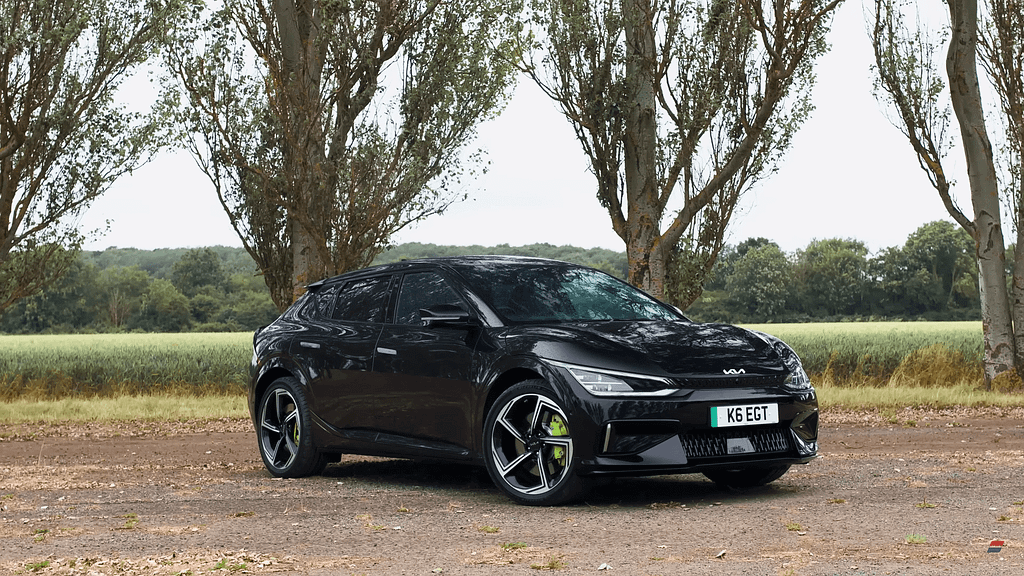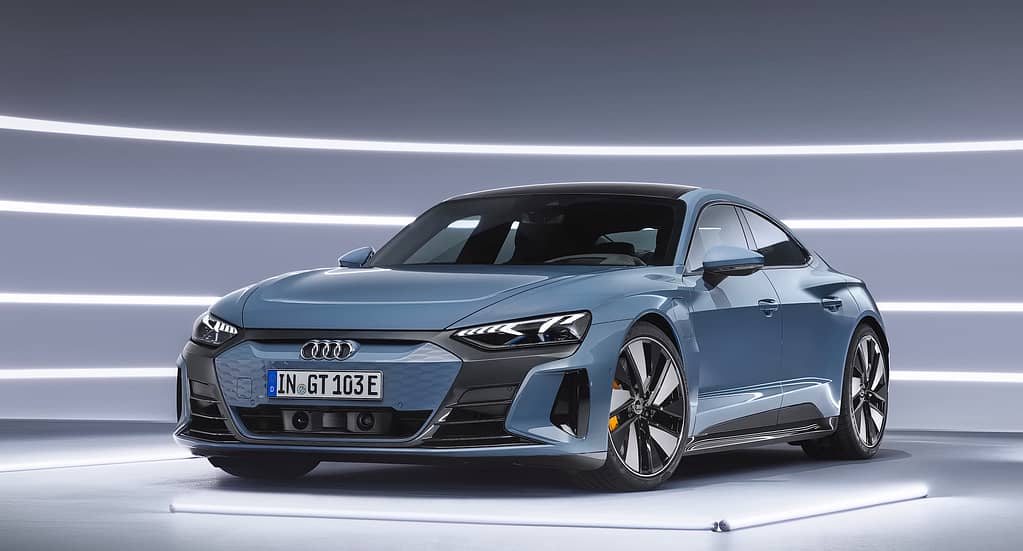Electric vehicles (EVs) have garnered significant attention in recent years as a more sustainable and environmentally friendly mode of transportation. Central to the success of EVs are their batteries, which have long been a subject of debate and concern. In this article, we will delve into the world of electric car batteries, addressing their design, capacity, lifespan, types, and environmental impact.
How Do EV Batteries Function?
Each of the battery cells in an electric car has a cathode (the positive electrode) and an anode (the negative electrode), which are separated by a plastic-like substance. Ions move between the positive and negative electrodes through a liquid electrolyte inside the cell when the positive and negative terminals are linked (like turning on a flashlight). In the meantime, the electrons that these electrodes emit travel through the wire outside the cell.
If the battery is discharging (for example, powering the flashlight’s bulb), then ions move from the anode to the cathode through the separator, and electrons move along the wire from the negative (anode) to the positive (cathode) terminal to power an external load. As the cell powers whatever it is, its energy slowly drains over time.
However, when the cell is charged, electrons move from an external energy source in the opposite direction (from positive to negative), and the process is reversed: electrons move from the cathode back to the anode, increasing the energy of the cell.
1. The Crucial Role of Batteries in EVs
- The battery is arguably the most essential component of an electric vehicle, responsible for storing and providing the energy needed for propulsion. Despite the critical role it plays, it has also been a contentious point of discussion among EV opponents. This controversy stems from concerns about battery lifespan, the need for early replacement, and the environmental impact of recycling.
2. Types of Electric Car Batteries
- Electric vehicle technology can be classified into three main types: hybrid electric vehicles, plug-in hybrid electric vehicles, and battery electric vehicles. Unlike traditional internal combustion engines, which rely on the combustion of gasoline or diesel, electric vehicles operate by harnessing electromagnetic radiation and storing electric energy in batteries through regenerative braking.
3. The Chemistry Behind EV Batteries
- Electric car batteries are not one-size-fits-all. They come in various types, each with its own set of advantages and disadvantages. Common battery types used in modern electric vehicles include lithium-ion and lithium polymer, which offer high power-to-weight ratios, specific energy, and energy density. Other types, such as lead-acid, nickel-cadmium, nickel-metal hydride, zinc-air, and sodium nickel chloride, are also utilized in electric vehicles.
4. Battery Lifespan and Maintenance
- Electric car batteries are designed to provide power over extended periods, making them deep-cycle batteries. They are crucial for the vehicle’s performance, as smaller and lighter batteries can reduce vehicle weight, improving overall efficiency. However, most contemporary battery technologies have lower specific energy compared to liquid fuels, impacting the maximum all-electric range of vehicles. Lithium-ion and lithium polymer batteries are the most prevalent due to their high energy density.
5. Battery Life Expectancy
- The lifespan of an electric car battery is a key concern for potential buyers. While most manufacturers offer warranties ranging from five to eight years, current predictions suggest that an electric car battery can last between 10 to 20 years before requiring replacement. The relationship between battery cycles and capacity decline is crucial, with a noticeable decrease in range and performance when the battery capacity falls below 80%.
6. Recycling and Sustainability
- As the popularity of electric vehicles continues to rise, concerns about battery disposal and environmental impact have come to the forefront. While only 5% of electric car batteries were recycled in 2019, various recycling methods are emerging, including pyrometallurgical recovery, physical materials separation, and hydrometallurgical metal reclamation. Repurposing retired EV batteries for energy storage in homes and factories is also gaining traction, potentially leading to a closed-loop recycling system.
The Future of Electric Car Batteries
With advancements in battery technology and increased production quantities, electric car batteries are becoming more competitive with conventional internal combustion engine vehicles. Manufacturers are committed to ensuring battery longevity through techniques such as buffering and smart cooling systems. Additionally, second-life applications and recycling efforts are set to reshape the sustainability of electric car batteries.
In conclusion, electric car batteries have come a long way in addressing concerns regarding their lifespan, environmental impact, and recycling. As technology continues to evolve, the future of electric vehicle batteries appears promising, offering not only a sustainable mode of transportation but also the potential to revolutionize energy storage and reduce our reliance on traditional fossil fuels.




